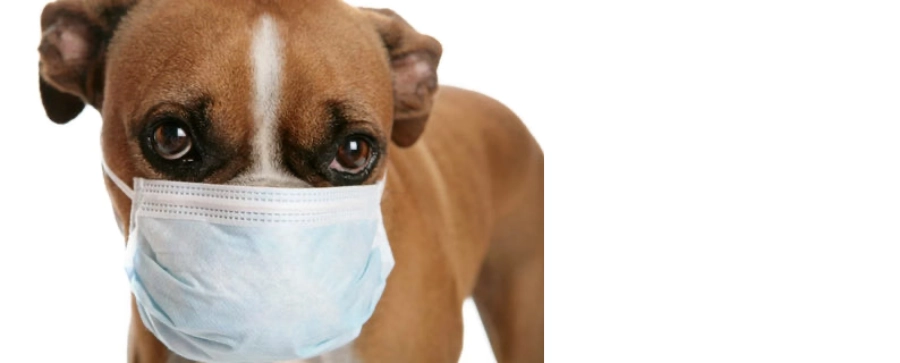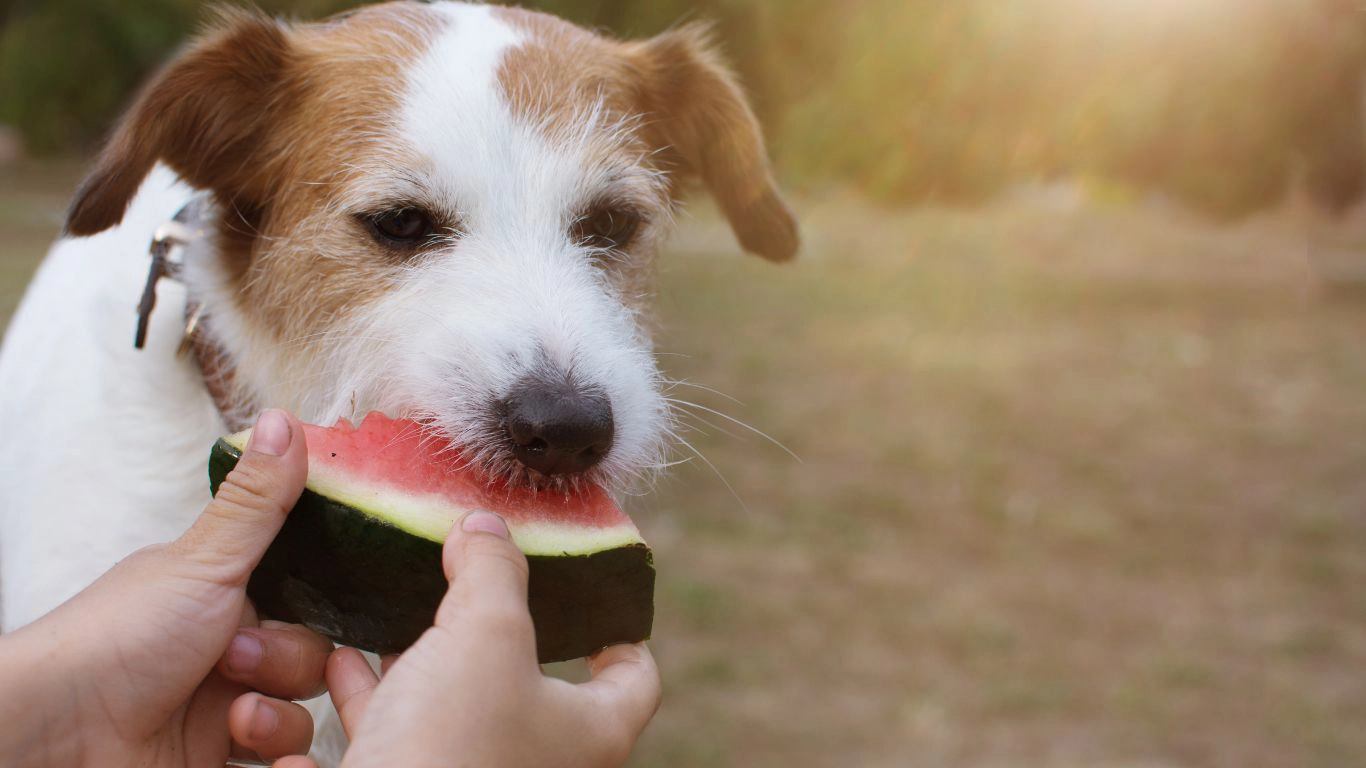Here are the top 10 questions people asked Google about dogs in 2023
10. Why are dogs’ noses wet?
About 10,510,000 results found on Google
Many people think that a healthy dog has a cool, wet nose and a sick pup has a warm one.
The scientific explanation states that a thin layer of mucus clings to the nostrils, enhancing the absorption of scent chemicals and improving the dog’s ability to smell. The special mucous glands inside the nostrils also produce clear, watery fluid that aids the cooling process through evaporation. Dogs’ noses are also wet because they lick them.
9. Why do dogs bury bones?
About 18,200,000 results were found on Google
Dogs have a primal instinct to hoard food.
Your dog is just practicing the canine instinct of food hoarding. It is amazing that our dogs seem to always remember exactly where they buried their bones. Unless the bones are buried quite deeply, your dog’s keen sense of smell will help him locate his stash.
8. Why do dogs lick you?
About 28,600,000 results were found on Google
By licking, dogs show their affection. One of the most common reasons dogs love to lick their owners is to show affection. Since you’re caring for them, you’re essentially their world! When dogs lick, pleasurable endorphins are released into their blood, making them feel calm and comforted.
7. Why do dogs lick their paws?
About 54,500,000 results were found on Google
Dogs may lick their paws for various reasons. As with other dog behaviors, there can be several reasons why dogs lick or chew their paws. These include injuries, skin problems, environmental parasites, food allergies, and boredom or anxiety.
6. Why do dogs eat grass?
About 88,400,000 results were found on Google
Most experts say that letting your dog eat grass poses no real risk.
There are several reasons why dogs eat grass. Dogs eat grass to add fiber to their diet, induce vomiting if they feel unwell, distract from boredom, or fill a void in their nutrition.
5. How come dogs are so loyal?
About 99,500,000 results were found on Google
“The average dog is a nicer person than the average person.” – Andy Rooney
There is a scientific basis for this: domestic dogs are descended from wolves, which man once took in and tamed with shelter and food in return for them acting as guard dogs. This reciprocal relationship remains in your dog’s genes and their loyalty is a by-product.
4. Why do dogs sleep so much?
About 342,000,000 results were found on Google
The average dog sleeps between 12 and 14 hours per 24-hour cycle.
Dogs only spend about 10 percent of their snoozing time in REM because of their irregular sleep patterns. Since they tend to doze off whenever they want, often out of boredom, they wake up quickly and jump to alertness. As a result, dogs require more total sleep to compensate for their lost REM.
3. Do dogs see color?
About 491,000,000 results were found on Google
Dogs have dichromatic vision.
Color is discerned by the nerve cells in the eye. The retina has two main types of cells: rods, which detect light levels and motion, and cones, which differentiate colors. Dogs possess only two types of cones and can only discern blue and yellow—this limited color perception is called dichromatic vision.

2. can dogs eat….?
About 876,000,000 results were found on Google
Can dogs eat watermelon?
Apple slices make a delicious, healthy snack for your dog and help keep your dog’s teeth clean and breath fresh. However, the core of the apple and the apple seeds especially can be harmful to dogs.
Can dogs eat avocados?
Avocados contain persin, a fungicidal toxin that can cause serious health problems—even death—in many animals. Persin is present in the avocado fruit, pits, leaves, and the actual plant, so all of these parts are potentially poisonous to your dog.
Can dogs eat mushrooms?
Mushrooms sold in large and chain grocery stores are generally safe for dogs to eat. However, we rarely serve up plain mushrooms. Unless the mushroom is served plain, it is generally safer to avoid feeding dishes with mushrooms to dogs.
Can dogs eat grapes?
Grapes and raisins are known to be highly toxic to dogs, though research has yet to pinpoint exactly which substance in the fruit causes this reaction. Because of that, peeled or seedless grapes should also be avoided.
Can dogs eat cheese?
While cheese can be safe to feed to your dog, there are some things to remember. Cheese is high in fat, and feeding too much to your dog regularly can cause weight gain and lead to obesity. Even more problematic, it could lead to pancreatitis, a serious and potentially fatal illness in dogs.
Can dogs eat nuts?
Generally speaking, nuts are safe for dogs to eat, but they’re not the healthiest choice. Nuts and legumes, like peanuts, are high in fat and dense in calories. Many dog owners use peanut butter as a training tool or treat, which is fine in moderation.
Can dogs eat raspberries?
Yes, raspberries are safe for dogs to eat but should be given in moderation. The fruit contains antioxidants, which are great for dogs, especially senior dogs, due to anti-inflammatory properties that can help alleviate joint pain.
Can dogs eat potatoes?
Your dog can eat carrot sticks, green beans, cucumber slices, or zucchini slices. Even a plain baked potato is OK. Don’t let your dog eat raw potatoes or potato plants from your pantry or garden.
You should never feed your dog a raw potato. White potatoes belong to the nightshade family of vegetables, which includes tomatoes. Like tomatoes, raw potatoes contain solanine, a compound that is toxic to some dogs.
Can dogs eat chocolate?
Absolutely not, because chocolate is toxic. It contains a chemical called theobromine, as well as caffeine. Theobromine is the predominant toxin in chocolate and is very similar to caffeine.
1. Can dogs get the coronavirus?
About 2,950,000,000 results were found on Google

According to the World Organization for Animal Health, dogs have tested positive for the virus after exposure to a human with known or suspected SARS-CoV-2.
Pet owners and veterinarians should strictly observe hand-washing and other infection-control measures when handling animals. Do not let your dog interact with people outside the household. If you are sick with COVID-19, you should treat your pet like you would any person you interact with and minimize interactions as much as possible.
That’s it for now, see you next time…
WOOF!



